O-GlcNAc transferase plays dual antiviral roles by integrating innate immunity and lipid metabolism
- PMID: 40830102
- PMCID: PMC12365020
- DOI: 10.1038/s41467-025-63085-y
O-GlcNAc transferase plays dual antiviral roles by integrating innate immunity and lipid metabolism
Abstract
Viral infection induces robust reprogramming of metabolic pathways in host cells. However, whether host metabolic enzymes detect viral components remains unknown. Our group and others previously identified O-GlcNAc transferase (OGT), an important glucose metabolic enzyme, as a crucial mediator of the antiviral immune responses. Here, by studying a mouse model with a catalytically impaired OGT, we discover a catalytic activity-independent function of OGT in restraining influenza A virus (IAV) infection in addition to its catalytic activity-dependent effect on MAVS-mediated antiviral immunity. Biochemical studies reveal a critical antiviral effect based on OGT interacting with IAV genomic RNA that requires its N-terminal tetracopeptide repeat-4 motif. This interaction causes the translocation of nuclear OGT to cytosolic lipid droplets (LDs) to destabilize LDs-coating perilipin 2, thereby limiting LDs accumulation and in turn virus replication. In sum, our findings reveal OGT as a multifaceted metabolic sensor that integrates MAVS signaling and lipid metabolism to combat viral infection.
© 2025. The Author(s).
Conflict of interest statement
Competing interests: The authors declare no competing interests.
Figures

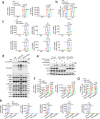
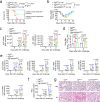
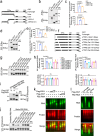
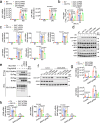
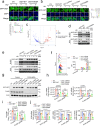
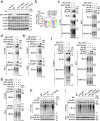
References
-
- Ablasser, A. & Hur, S. Regulation of cGAS- and RLR-mediated immunity to nucleic acids. Nat. Immunol.21, 17–29 (2020). - PubMed
-
- Seth, R. B., Sun, L., Ea, C. K. & Chen, Z. J. Identification and characterization of MAVS, a mitochondrial antiviral signaling protein that activates NF-kappaB and IRF 3. Cell122, 669–682 (2005). - PubMed
MeSH terms
Substances
Grants and funding
LinkOut - more resources
Full Text Sources
Molecular Biology Databases
Research Materials
Miscellaneous

